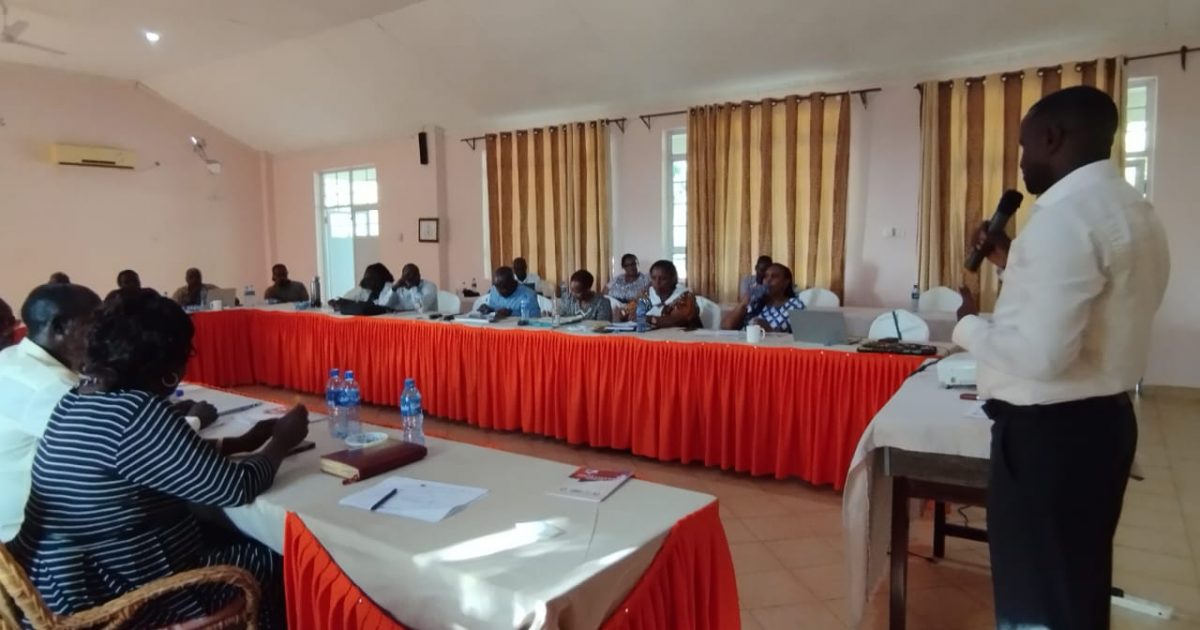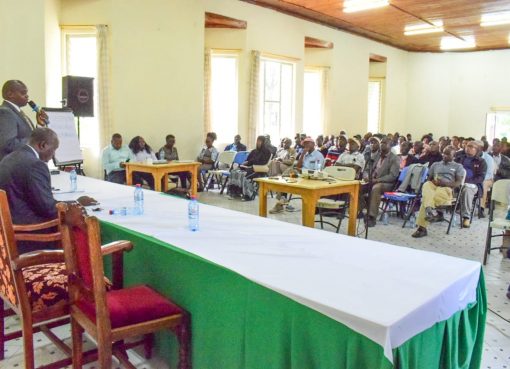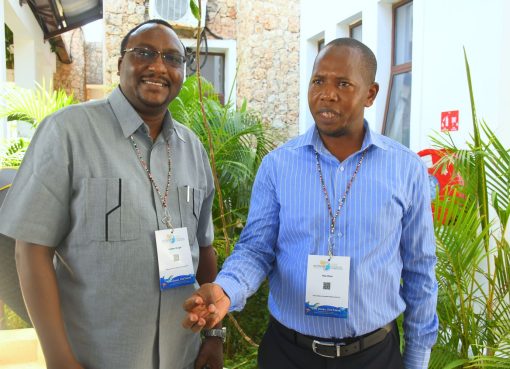A transformative health initiative – the Building Resilient and Responsive Health Systems (BREHS) project that is being rolled out nationwide –has kicked off in Turkana.
The project is intended to address long-standing healthcare challenges faced by both host and refugee communities.
The Department of Health and Sanitation in collaboration with the State Department of Public Health and Professional Standards is running a joint four-day co-creation mission in Lodwar and Kakuma municipalities.
Turkana County, spanning over 77,000 square kilometres, faces significant healthcare barriers.
These include vast distances between health facilities, limited infrastructure, and a growing refugee population, especially in Turkana West Sub-County, which continues to stretch the county’s healthcare system.
The BREHS project presents a transformative opportunity for Turkana. By focusing on strengthening primary healthcare services, the project aims to bridge existing gaps and ensure that both host and refugee communities receive equitable and quality health services.
Funded by the World Bank, the stakeholders include the Ministry of Health, the Kenya Medical Supplies Authority (KEMSA), and County Health Management Teams (CHMTs) across all 47 counties.
According to the World Bank data, in Turkana and Garissa counties, both refugees and host communities encounter challenges in accessing healthcare.
Speaking during the first project sensitization forum for the County Health Management Team (CHMT), the Project Manager- BREHS, Dr Terry Kamau, shared that this project is set to benefit all Kenyans in the 47 counties, and refugees in Turkana and Garissa counties.
“This project mainly targets women and children from the poorest communities, as they are the main users of primary healthcare services,” she added.
In Turkana and Garissa, both refugees and host communities encounter challenges in accessing healthcare.
This project aims to strengthen health services to meet the needs of around 1.8 million people from host communities and 590,000 refugees in these counties,” she added.
According to the County Executive Committee Member of Health and Sanitation, Dr Epem Esekon, for Turkana County, the BREHS project is not merely an initiative; it is a lifeline.
“This project promises to transform the healthcare landscape, making services more accessible, efficient, and responsive to the unique needs of our people. With a focus on sustainability and community involvement, this project holds the potential to significantly improve health outcomes in the most underserved areas in Turkana,” he stated.
The three components to the project are building stronger health institutions to support progress toward universal health coverage (UHC), increasing the use of high-quality primary healthcare services, and lastly supporting the management and evaluation of the project at both national and county levels.
Encouraging the need for collaboration and coordination, Dr Kamau reminded the participants to engage the refugee community and other stakeholders in Turkana West directly to complement BREHS efforts and avoid duplication.
CECM Epem also stated that this project comes at a very strategic time, emphasising that the team should work towards ensuring that health facilities have something to show in terms of data and reduced maternal mortalities.
Over the next three days, the mission activities will include a stakeholder meeting at Kakuma Refugee Camp, health facility visits in Kakuma and Kalobeyei settlements, and a validation workshop to align health challenges with the County Integrated Development Plan, resulting in a Prioritisation Matrix.
This five-year project ending in 2029 was conceptualised in 2023 and has been effective since January 31, 2025.
The expected key benefits for Turkana County include enhanced healthcare infrastructure (upgrading of health facilities), availability of health products and technologies through KEMSA, increased health workforce addressing the shortage of medical personnel, and integrated service delivery, among others.
The other members present at the CHMT forum include several directors and county project coordinators. Other representatives from the Ministry of Health, Council of Governors (COG), and Department of Refugee Services (DRS) were also present.
By Peter Gitonga




